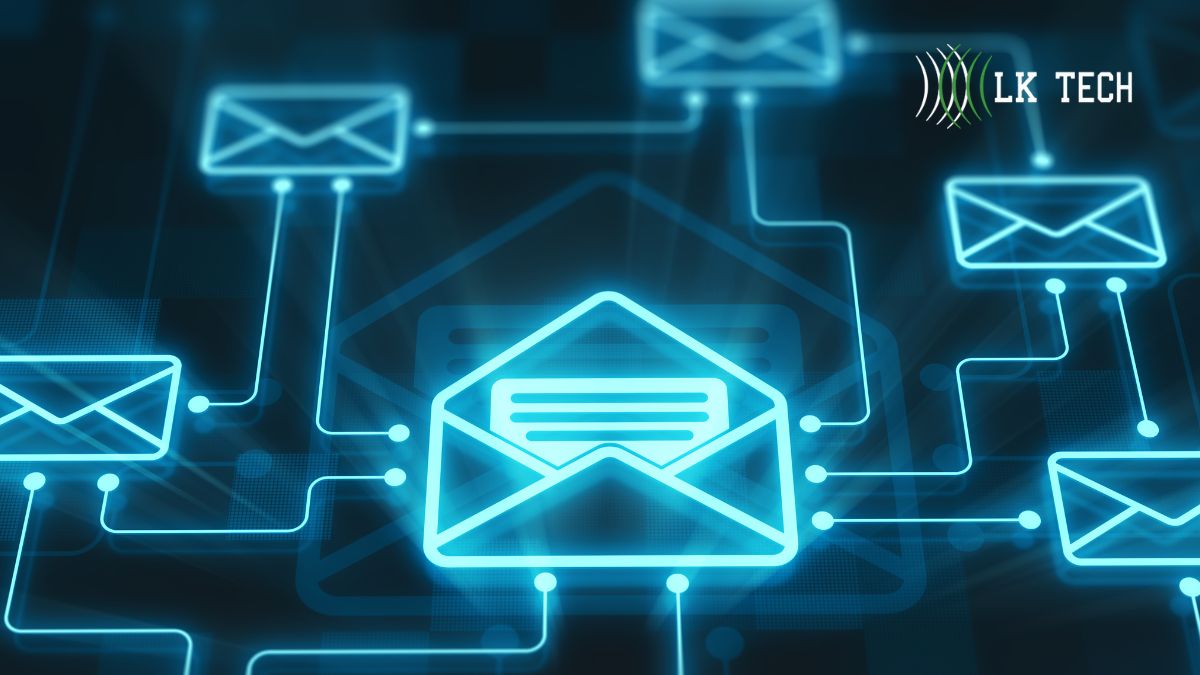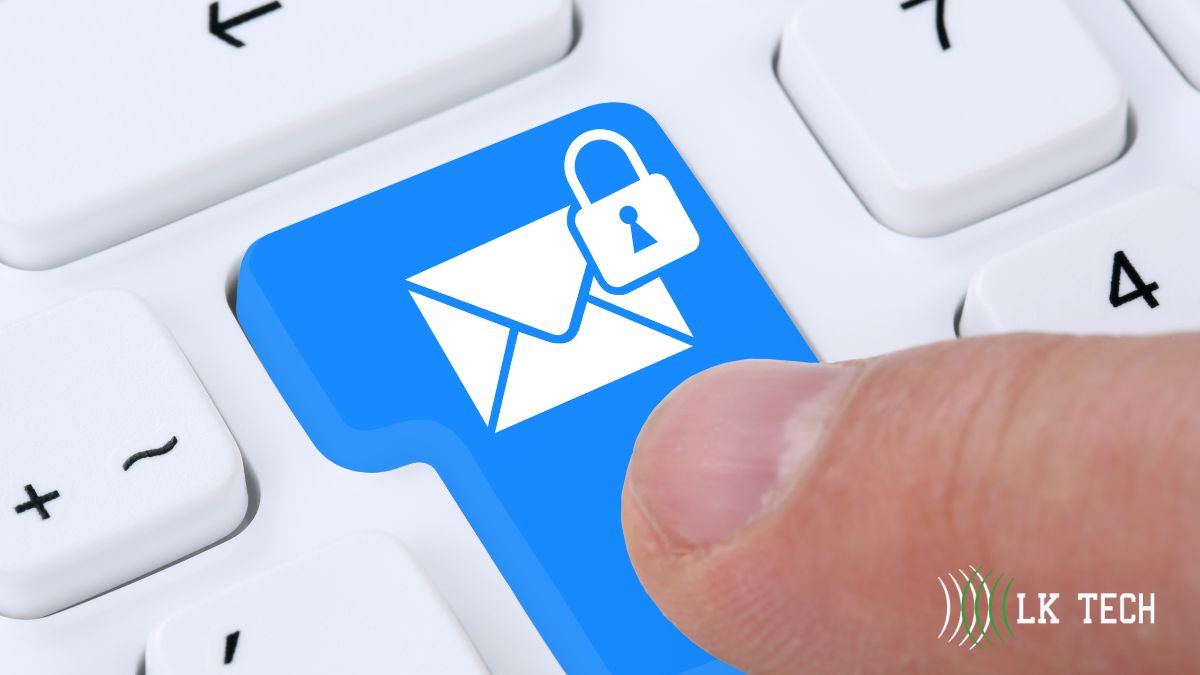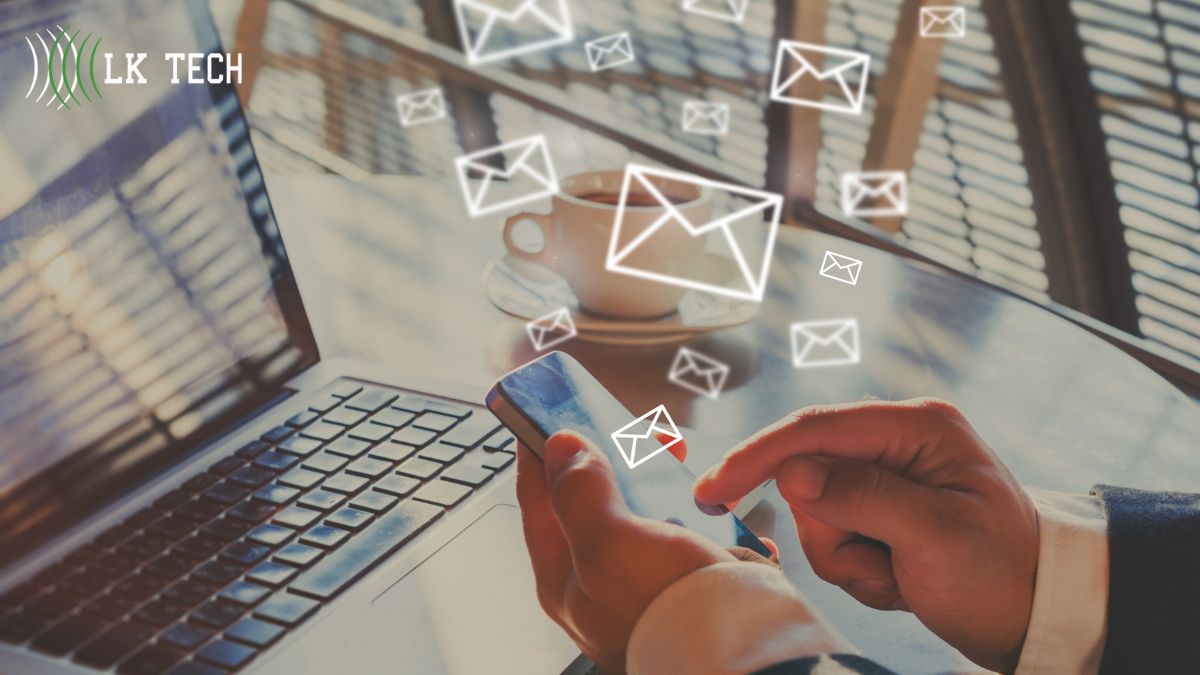Email security protects brand reputation by blocking spoofing, phishing, and data loss. Enforcing SPF, DKIM, and DMARC, using TLS and MTA-STS, and enabling MFA stop threats before they spread. Monitoring reports and post-delivery tools increase trust and ensure compliance.
Attackers don’t need complex tools to cause harm. A convincing message that looks like it came from your domain is often enough to fool customers, partners, or even your own team.
What follows shows how practical safeguards keep inboxes safe and strengthen brand trust.

Stop Domain Spoofers at the Source
It has become easier for attackers to fake domains and trick people into thinking their emails are real. That’s why strong email security starts with shutting spoofers down before their messages even hit an inbox.
Enforce SPF, DKIM, DMARC Now
Mailbox providers like Gmail and Yahoo now require bulk senders to meet stricter rules. Here’s a quick breakdown of the trio:
- SPF – Confirms which servers can send mail for your domain.
- DKIM – Signs each email so receivers can verify the content and domain.
- DMARC – Tells receivers what to do if a message fails checks and gives visibility through reports.
A smart move is starting with “monitor,” then moving to “quarantine” or “reject” once reports are clear. These steps shrink spoofing risks, improve inbox placement, and strengthen cyber protection by giving your team visibility through forensic reports.
Add TLS, MTA-STS, and TLS-RPT
Encryption is already widely used, but weak points like downgrade attacks still exist. You might notice these added controls bring stronger guarantees:
- TLS – Stops snooping and tampering while mail is in transit.
- MTA-STS – Publishes a domain policy that requires TLS with valid certificates.
- TLS-RPT – Sends daily reports on failed TLS sessions so you can fix issues fast.
Federal agencies now mandate encrypted, authenticated email. That shows why these standards are part of modern phishing prevention and why businesses benefit from adopting them today.
Email Security for BEC and Fraud
You know how convincing fake emails have become? Business Email Compromise (BEC) continues to drain billions, with losses hitting $2.9B in 2024 alone. That shows why strong email security is now a must.
Turn On Phishing Prevention with URL and QR Scans
Attackers often skip attachments and hide payloads behind links. That’s why time-of-click scanning is crucial. URL and QR scans can block redirects to fake login portals or fraudulent payment sites before damage is done. With phishing now one of the top social actions behind breaches, these checks cut risk dramatically and help keep spam control tight.
Require MFA and Watch for Unusual Sign-Ins
Adding MFA closes the door on most account takeovers. Here are steps that raise protection:
- Enable MFA – Microsoft found accounts are 99.2% less likely to be compromised with MFA.
- Use phishing-resistant factors – Protect high-value mailboxes like finance and admin.
- Monitor risky sign-ins – Watch for leaked credentials, odd locations, or impossible travel.
Pairing MFA with sign-in monitoring builds secure gateways against BEC, giving admins time to act before fraud escalates.

Layer Secure Gateways for Stronger Cyber Protection
But let’s face it, attackers always look for gaps. Even when filters block most threats, some messages slip through. That’s why layering email security with post-delivery detection and smarter policies is critical for reducing dwell time and stopping fraud before it spreads.
Pair 365 or Google with Post-Delivery Detection
A message that looks safe at first can later be flagged as malicious. Platforms already adapt fast:
- Microsoft Zero-hour Auto Purge – Pulls phish and malware from inboxes once detections update.
- Gmail post-delivery reclassification – Removes unopened threats and alerts admins to opened ones.
- Attachment sandboxing – Runs files in isolation to catch hidden malware.
- Quarantine workflows – Let analysts purge threats across multiple mailboxes quickly.
These tools shrink the window of exposure and add another layer of cyber protection.
Meet Compliance Requirements Fast
You might notice that many industries already spell out what’s expected for email. Healthcare, finance, and retail all require safeguards to protect sensitive data. Aside from avoiding fines, meeting these compliance requirements also builds trust with customers and regulators.
Apply Encryption and DLP to Regulated Data
Regulated data flows through email more often than most realize. Protecting it means layering controls that stop exposure at the source:
- Encryption – Required or strongly expected under HIPAA and PCI DSS for transmitting sensitive data.
- DLP policies – Detect cardholder data, health records, or other sensitive content before it leaves.
- Automatic actions – Block, encrypt, or quarantine messages that trigger rules.
These steps support phishing prevention by stopping attackers from misusing stolen or mishandled data.
Safeguard Deliverability and Brand Trust
You know how fast a brand’s reputation can take a hit when emails don’t reach inboxes? Strong secure gateways and monitoring close that gap.
Monitor DMARC Reports and Sender Reputation
Authentication works best when paired with visibility. That’s where DMARC reports and sender dashboards help:
- DMARC RUA reports – Show who sends as your domain and where failures occur.
- Google Postmaster Tools – Track spam rates, delivery errors, and authentication pass rates.
- Microsoft SNDS – Review traffic patterns and complaint data for Outlook services.
- Trend dashboards – Spot compromised accounts, look-alikes, or misconfigurations early.
These insights keep email security strong and protect your brand’s trust.

Frequently Asked Questions
What is a good security practice for email?
A good security practice for email is to combine strong authentication, transport security, layered detection, and identity controls. Publish SPF and DKIM, enforce DMARC with reject or quarantine, and monitor RUA reports. Require TLS with MTA-STS and TLS-RPT, use phishing protection with sandboxing, and enforce MFA for admin accounts.
What is the safest email account?
The safest email account is one configured with phishing-resistant MFA, authenticated sending (SPF, DKIM, DMARC), and modern phishing and malware defenses. Accounts with post-delivery detection to retract threats and admin tools that flag unusual sign-ins or risky devices provide stronger safety than provider branding alone.
How do I stop someone from using my email address?
Stop someone from using your email address by authenticating outbound mail with SPF and DKIM, then enforcing DMARC with a reject or quarantine policy and enabling “rua=” reports to track spoofing. Add MTA-STS with TLS-RPT for secure transport, and protect accounts with MFA and alerts for unusual sign-ins.
Protect Your Brand With Smarter Email Security
Strong inbox protection is no longer optional. From spoofing to phishing, attacks keep evolving, and every unchecked message puts trust and revenue at risk. Investing in email security services in Ohio gives businesses a practical way to safeguard communication, meet compliance needs, and keep brand reputation intact.
At LK Tech, we provide tailored solutions that defend against threats while supporting long-term growth. If you’re ready to secure your business against rising risks, get in touch with us today.


